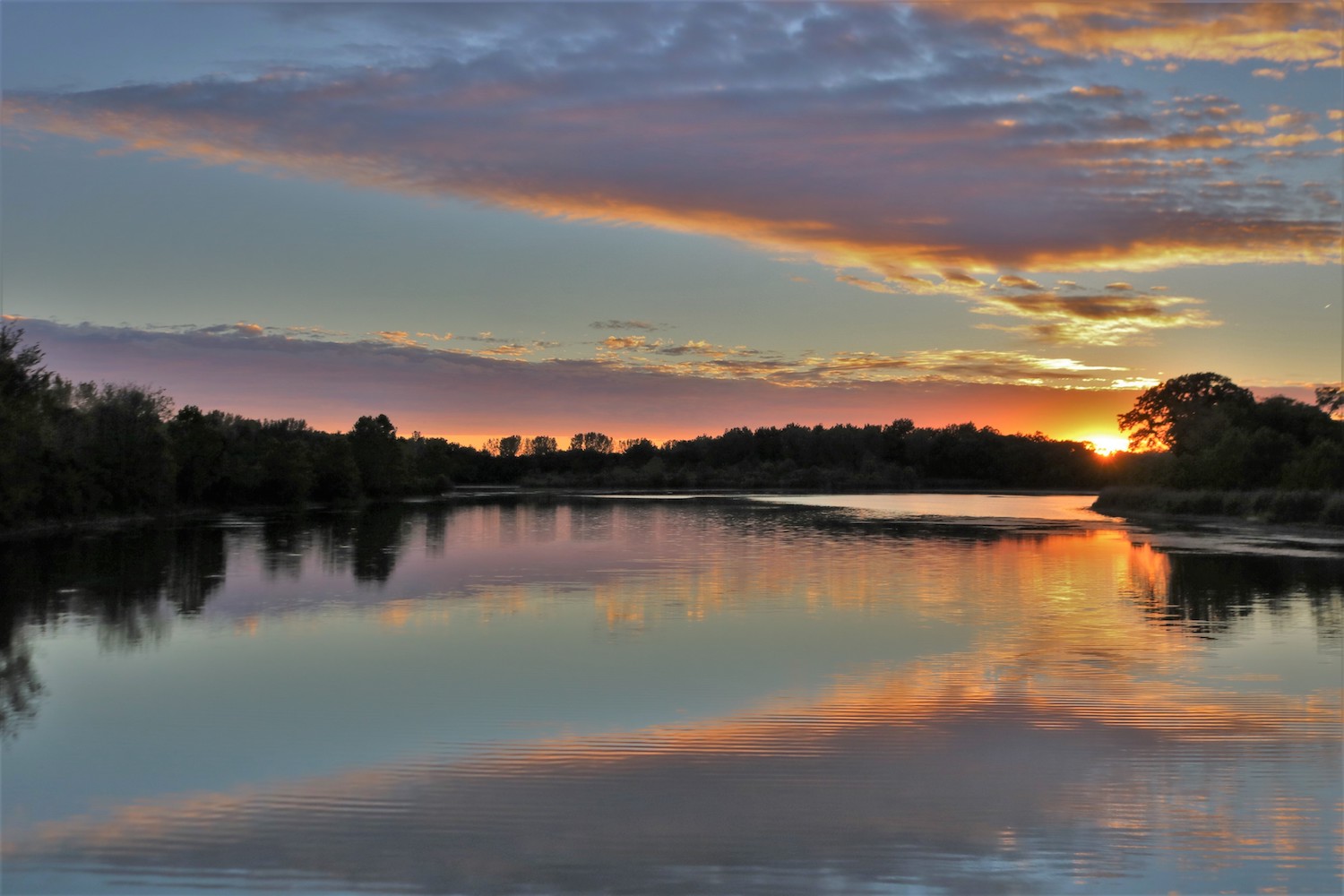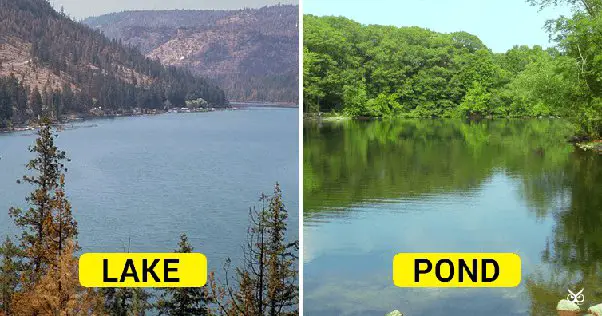Have you ever gazed upon a body of water and wondered whether it’s a pond or a lake? The distinction between a pond and a lake can be quite subtle and is often a subject of debate among nature enthusiasts. Let’s delve into the characteristics that differentiate these two water features and explore the factors that determine when a pond becomes a lake.
Size Matters
One of the primary factors in determining whether a body of water is a pond or a lake is its size. Size is the biggest factor that makes the difference between a lake and a pond. However, there isn’t a universally agreed-upon threshold for this classification. In general, ponds are considered to be smaller and shallower than lakes. While there are no strict size limits, ponds are typically less than 20 acres in size, whereas lakes are larger and may cover hundreds or even thousands of acres.
Depth and Depth Distribution
The depth of a body of water also plays a role in its classification. Ponds are usually shallow, with a significant portion of their area being quite shallow. In contrast, lakes tend to have a more varied depth distribution, often featuring deeper areas. The depth of the water body can impact the ecosystem it supports and influence its classification as a pond or a lake.
Ecological Factors
Ecological considerations are crucial when determining whether a water body is a pond or a lake. Ponds are often characterized by distinct ecological features, such as abundant aquatic plants, smaller fish populations, and a more limited variety of species. Lakes, on the other hand, typically support a more diverse ecosystem, with larger fish populations and a wider range of plant and animal species.
Human Perception
Interestingly, human perception also plays a role in classifying bodies of water. Local conventions and traditions often influence whether a particular water feature is referred to as a pond or a lake. In some regions, bodies of water that might be classified as ponds elsewhere are commonly referred to as lakes due to local naming conventions or cultural significance.
Regulatory Definitions
In some jurisdictions, there are specific regulatory definitions that distinguish between ponds and lakes. These definitions may be based on size, depth, or other characteristics. For instance, regulatory bodies may classify water bodies based on their designated use, such as for recreational activities, water supply, or ecological preservation.

Credit: www.reconnectwithnature.org
The Role of Seasonal Variation
Seasonal changes can also impact the classification of a body of water. Some bodies of water that appear to be ponds during dry seasons may expand and deepen significantly during wet seasons, meeting the criteria for a lake. The fluctuating nature of water bodies due to seasonal changes can add complexity to their classification.
Frequently Asked Questions
Q: What is the difference between a pond and a lake?
A: Ponds are typically smaller bodies of water, shallower, and may have more plant growth. Lakes are larger, and deeper, and often support a wider variety of plant and animal life.
Q: At what size does a pond become a lake?
A: There isn’t a specific size threshold that determines when a pond becomes a lake. Generally, a body of water is considered a lake when it reaches a certain size, depth, and ecological complexity.
Q: What factors contribute to a pond becoming a lake?
A: Factors such as sediment accumulation, natural or artificial enlargement, changes in water depth, and ecological succession can contribute to the transition from a pond to a lake.
Q: How do scientists classify bodies of water as ponds or lakes?
A: Scientists may consider various factors including size, depth, water volume, shoreline characteristics, and ecological communities when classifying bodies of water as ponds or lakes.
Q: Can a pond naturally evolve into a lake?
A: Yes, over time, a pond may naturally accumulate sediment, deepen, and increase in size due to factors like erosion, sedimentation, and changes in hydrology, eventually resembling a lake.
Q: Are there legal or regulatory definitions for ponds and lakes?
A: Yes, some jurisdictions may have specific criteria for classifying bodies of water as ponds or lakes for regulatory purposes, such as water quality management or land use planning.
Q: What are the ecological differences between ponds and lakes?
A: Ponds often have more fluctuating water levels, lower nutrient levels, and simpler food webs compared to lakes, which can support more diverse aquatic ecosystems.
Final Words
So, the distinction between a pond and a lake is multifaceted and influenced by various factors, including size, depth, ecological characteristics, human perception, regulatory definitions, and seasonal variation. While there isn’t a one-size-fits-all definition, understanding these factors can provide insights into when a pond becomes a lake. Whether it’s the size, depth, ecology, or human influence, the classification of a body of water is a complex and intriguing aspect of natural science.





